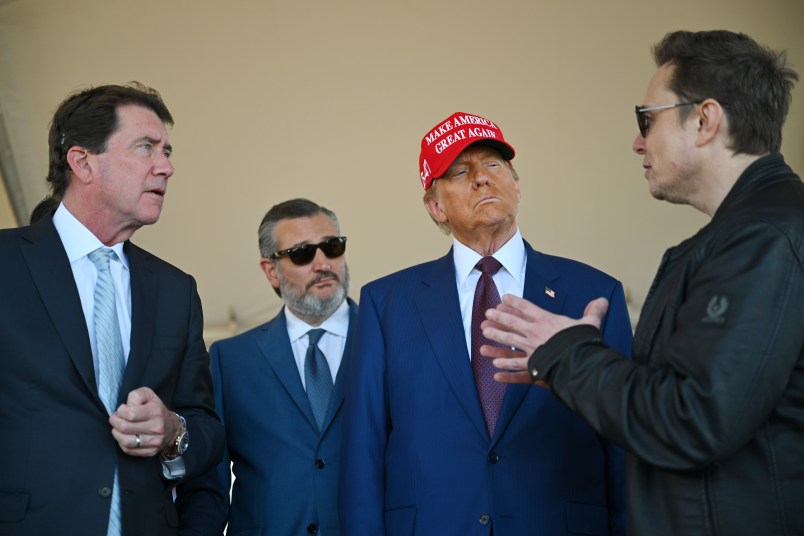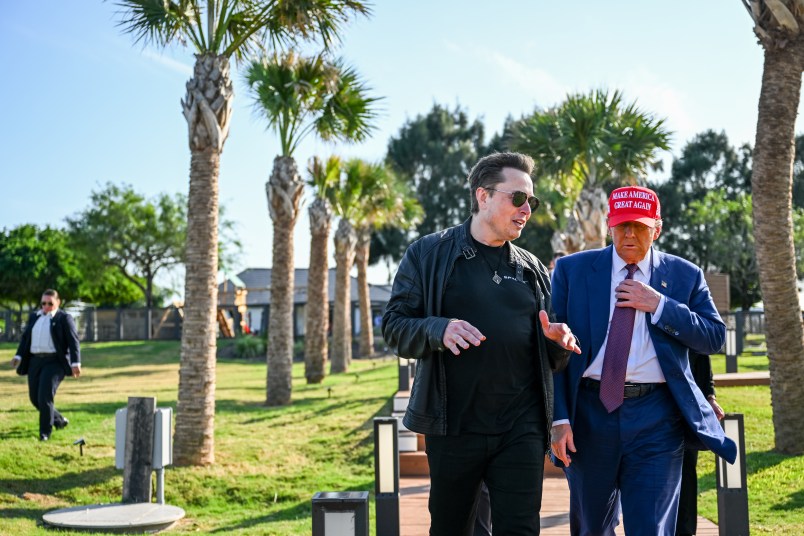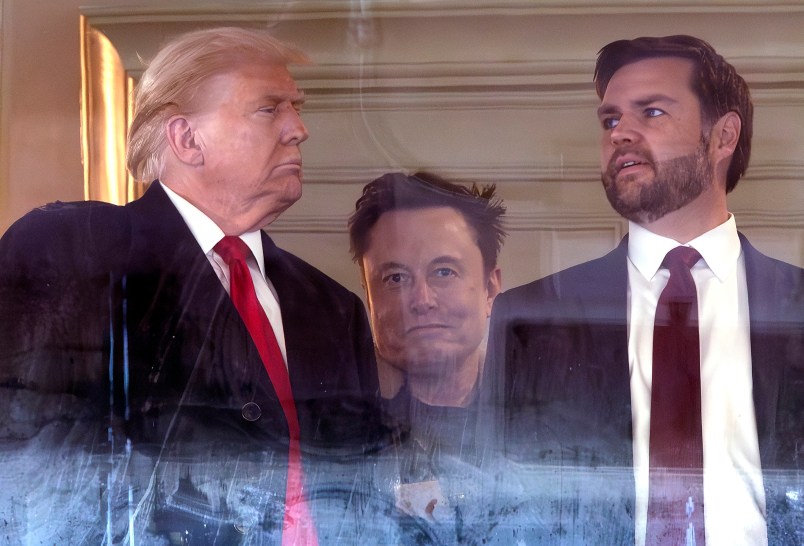TPM Reader GS followed up with this note about my crime post. Again, I know this can seem a little insular, writing about crime in my hometown. But I am doing so to address issues about crime, perceptions of crime and the politics of crime that are by no means local or regional.
A stray thought about the NYC crime stats… perhaps contributing to the sense of a more dangerous and violent New York is the ubiquity of cameras now. Not only are assaults up but we get to see recordings of more of them. There are right-wing Twitter accounts dedicated to spreading these videos, from smartphones and security cams … and that surely must contribute to the “perception” side of things.
Take for instance this fatal stabbing around the corner of my kids’s school… the bodega had security cams that captured a run-of-the-mill dispute that turned violent from multiple angles and in HD.
It spooked the school community. The principal sent an all-parent email blast about it. But really, I am pretty sure she was mainly reacting to the fact that there was video and the media was running with it.
Had this happened 5 or 10 years ago (in fact I’m pretty confident these things were happening 5 or 10 years ago) I doubt anyone would have taken much notice.
I think this is very much the case. I have not heard anyone I know asking me if I heard about the Audi getting stolen on the Upper West Side — perhaps the signature COVID-era crime. But like pretty much every New Yorker I’ve heard really upsetting stories about random murders — someone minding their own business when suddenly they are shot and killed. But as I noted in last night’s post, it is crystal clear that there has in fact been no significant increase in homicides in the city. (There was a small uptick with the pandemic which is now going down.) What we have is a much greater focus on the kinds of random horrors which were also happening during the good old days of low crime but we just didn’t focus on.
The ubiquity of video and social media definitely plays a role in this. But it’s not the only one. As I noted last night, other forms of crime are up. Not close to the levels of the ’70s and ’80s. But theft of various sorts and assaults are up compared to a decade ago. That certainly creates perceptions of insecurity that magnify the focus on the cardinal crime of murder, even though we can see quite clearly that killings are not more frequent.
Let me return though to a broader point I’ve argued in the past. You are simply not going to use statistics to convince people their perceptions of vulnerability aren’t valid. Good luck with that. In the pre-pandemic years, there was a strain of the criminal justice reform and anti-incarceration movement that argued that the crime wave of the late 20th century was a sort of mass hysteria or a form of implicit racism. It wasn’t. It was real. It was shot through with pre-existing racist attitudes in society and in some ways intensified them. But crime of almost every sort started going up in the late 1960s and then remained at intractable levels for a quarter century. It had a profound role in shaping the rightward turn of American politics in the second half of the 20th century.
This is, among many other reasons, why liberals, progressives, what have you always have the greatest interest in preserving public safety. Nothing drives right-wing politics like public insecurity, the belief that we are not collectively safe from crime.








